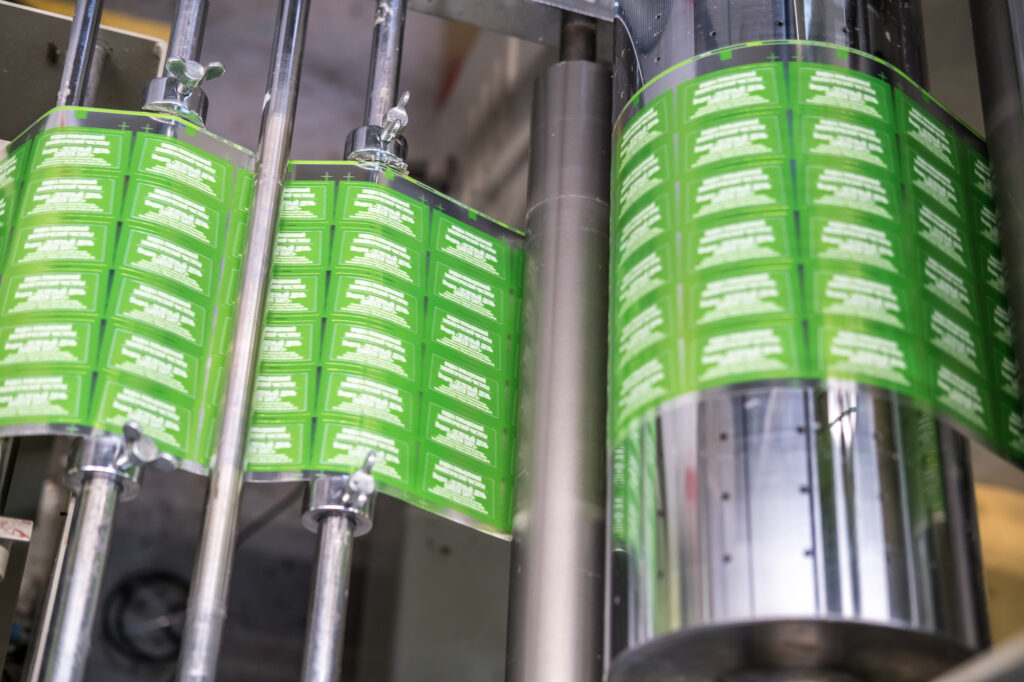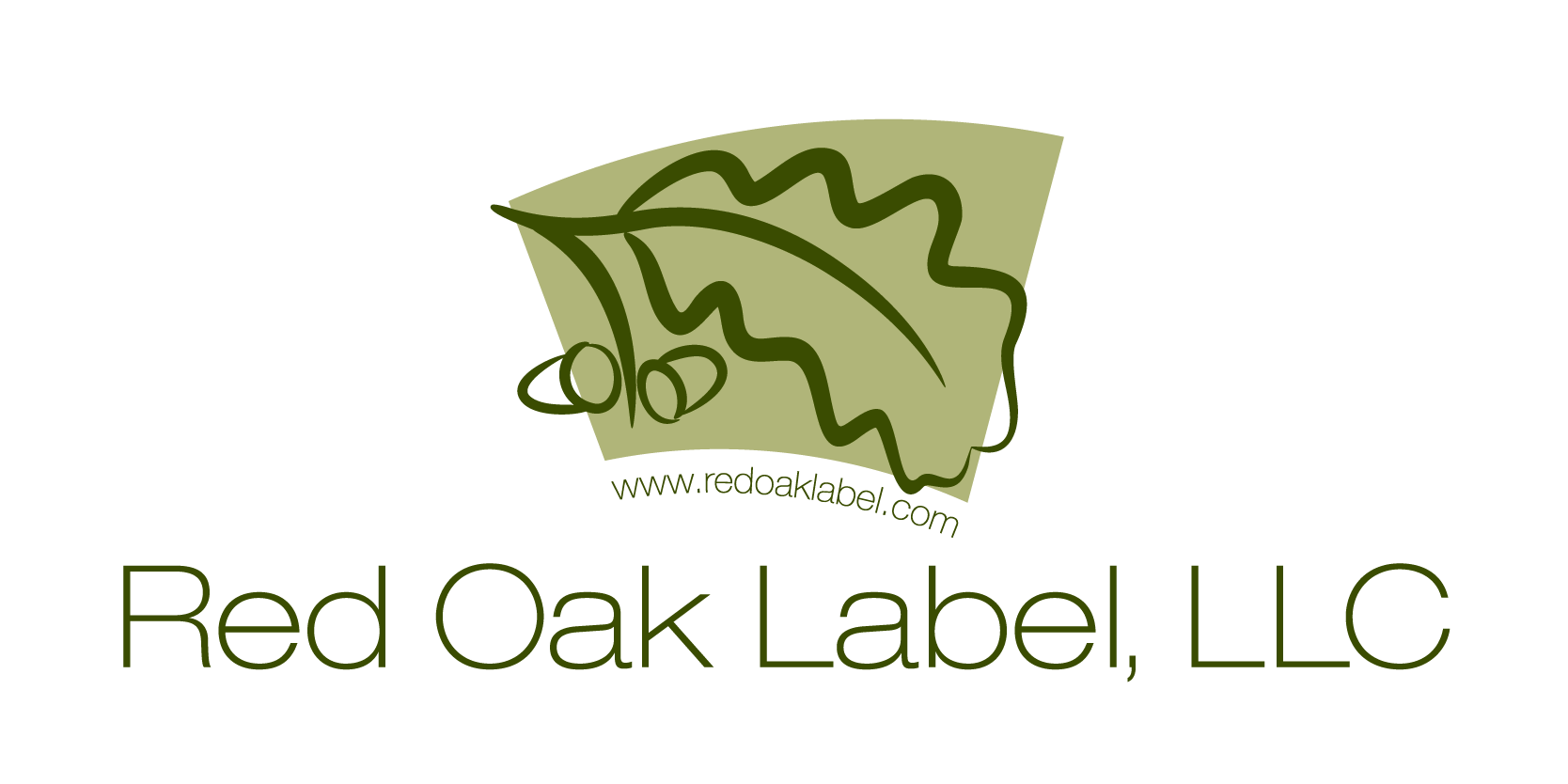
Flexography, recognized for its versatility and efficiency, has become essential in the world of label and packaging production. This printing method is renowned for its ability to accommodate a diverse range of substrates and deliver high-quality prints at high speeds. As a result, flexographic printing plays a pivotal role in meeting the demanding requirements of modern packaging and labeling needs across various industries. Its adaptability and reliability have made it an indispensable choice for businesses aiming to achieve vibrant, durable, and cost-effective printed materials.
A Brief History
Flexographic printing, originally known as aniline printing due to its early use of aniline dyes, evolved from letterpress printing in the late 19th century. It gained popularity for its ability to print on non-porous substrates like plastic, foil, and cellophane, which traditional methods struggled to accommodate. Over the decades, advancements in materials, inks, and machinery have refined the process, making it essential in modern printing applications.
The Flexographic Printing Process
At its core, flexographic printing employs flexible relief plates made of rubber or photopolymer. These plates are mounted on rotating cylinders within the printing press. The flexography process typically involves the following steps:
- Pre-press Preparation: Designs are prepared digitally and transferred to the printing plates. This step requires careful attention to detail to ensure precise reproduction of artwork and text.
- Plate Mounting: The printing plates are mounted onto cylinders on the press. Each cylinder applies a different ink color, allowing for multi-color printing in a single pass.
- Ink Application: Ink is applied to the raised portions of the printing plates, which transfer the image onto the substrate (labels, foils, tags, or packaging materials).
- Substrate Feeding: The substrate, such as paper, foil, or film, moves through the press, passing under each inked cylinder. Pressure between the plate and substrate ensures consistent and clear printing.
- Drying: Once printed, the substrate passes through drying systems to cure the ink quickly and prevent smudging or smearing.
- Finishing: After printing and drying, the substrate may undergo additional processes such as laminating, die-cutting, or varnishing to achieve the desired final product.
Why Choose Flexographic Printing?
Flexographic printing offers several advantages that make it ideal for various applications:
- Versatility: It can print on a wide range of substrates, including flexible materials like plastic and film.
- Speed: High-speed production capabilities make it suitable for large-volume runs.
- Cost-effectiveness: Lower costs per unit compared to other printing methods for medium to large production runs.
- Quality: Advances in technology ensure high-resolution printing with vibrant colors and sharp details.
Design Tips for Flexographic Printing
Designing for flexographic printing requires attention to certain considerations to optimize quality and efficiency:
- Color Selection: Use Pantone (PMS) colors for accurate color reproduction, as flexographic printing can struggle with exact CMYK matches.
- Line Thickness: Avoid very fine lines and text below 6 points to ensure clarity in printing.
- Image Resolution: Maintain high-resolution images (at least 300 dpi) to avoid pixelation or blurriness.
- Plate Requirements: Understand the plate-making process; simple, bold designs often translate better than intricate details.
Elevate Your Brand With Flexo Labels
Flexographic printing continues to evolve alongside technological advancements in the printing industry. Its ability to deliver high-quality, versatile printing on diverse substrates makes it an optimal choice for packaging and label production. By understanding the flexographic printing process and optimizing design considerations, you can leverage this method to create impactful and cost-effective printed materials.
Choose flexographic printing for your next label or packaging project with Red Oak Label. Our expertise and dedication ensure your designs are printed with precision and clarity, effectively meeting your branding and marketing objectives. Contact us today to elevate your product presentation and consumer engagement.
